If you click on a link and make a purchase we may receive a small commission. Read our editorial policy.
Heartstopper's use of animation makes the show a success
Season 2 of Heartstopper just came out, and once again it uses animation in important ways to tell its story.

When the first season of Netflix's adaptation of Alice Oseman's Heartstopper came out a year ago, it completely swept me off my feet. Who were these sweet kids who were somehow the distillation of tenderness, vulnerability and joy?
For me, maybe the most special element of the show was its use of animation: the leaves that would blow through from time to time, whirling about Charlie and Nick as they each felt the first moments of attraction, the colorful sparks that would pop from hands as two characters touch, that incredible rainbow that bursts forth when Darcy and Tara first kiss in public.
There is even more animation in season two — purple clouds, electric hearts, butterflies. Some critics have complained that using these images oversimplifies the story, but I find they’re an essential element to how Heartstopper tells its story.
Here’s three key ways that Heartstopper’s animation enables it to tell its story. (Slight spoilers for Heartstopper Season 1 and Season 2)
Heartstopper's animation establishes the tone of the show.

In the first two minutes of Heartstopper season 1, we follow Charlie Spring as he walks into school. It’s fast-moving with lots of characters, quick cuts, and divided screen moves, nodding at the story’s comic book origins. Meanwhile a joyous song rocks out, capturing Charlie’s excitement to see his secret make-out buddy Ben, all of which cuts off as Charlie gets to the library and discovers Ben is not there (because he is the worst).
Charlie goes to his homeroom, gets his seat assignment, gets his first look at Nick Nelson, and as a chord rises, BAM, a couple animated leaves blow by, like strays from a Peanuts cartoon. Charlie sits, and after they exchange what will become their signature, “Hi…Hi,” we get more leaves, first circling them and then whirling around Charlie. The last leaf blows us into the credits and reveals the title of the episode, “1. Meet.” (The “cute” is clearly implied.)
Without those leaves, the show would still be the story of two sweet kids falling in love. But there are tons of shows about that. The leaves give this story its specificity. They tell us that this world is going to have a certain magical quality. The leaves suggest something like a hopeful spirit in this universe, celebrating and encouraging love.
Heartstopper's animation gives us a way into the minds and hearts of the characters.

Creator Alice Oseman also uses animation to help us understand characters’ darker or more complicated feelings. On a number of occasions in both seasons, Charlie imagines himself surrounded by tall, white chalk figures of boys with enormous teeth. These are traces of the bullies who did him such harm before the series began, and who continue to live in his head. Or after Ben tries to apologize to Charlie in 207, and learns from Charlie just how truly horrible he was, a sort of liquid rainbow rolls out from the nearby school building (which has “Here and Queer” on a huge billboard on its side). The rainbow laps closer and closer to Ben’s feet, as though inviting him to step forward onto this road and accept himself. But instead he turns away.
There are also some moments when there is no animation, and that absence, too, is used to signal how characters are feeling. So when Tao and Elle go to the movies on a date, Tao puts his hand on Elle’s, and rather than the sparks that usually pop from characters’ hands when they do this, nothing happens. Likewise, early in the pilot, Ben takes Charlie’s hand in the exact kind of romantic way that will generate sparks for others, but no sparks emerge.
Heartstopper's animation generates powerful emotions within us.

While the little fireworks that sometimes pop and sizzle when characters touch clearly indicate how they’re feeling, those sparks also capture how people often feel in those thrilling, electric moments of touching someone we’re attracted to. There are many times in Heartstopper, in fact, where the point of an animation is not simply to inform us how a character is feeling, but to draw out our own experiences and feelings. I think this is a big part of why the show has generated such a massive response (and not just among young people). The animations have such a clarity and immediacy, they speak right to our hearts.
And here, too, that includes stirring up more difficult feelings in us. Heartstopper frequently washes out shots in colors which generate certain emotions. So at times Charlie will have a fantasy or a harsh memory, and much of the image will be covered in a black seething cloud, inducing that sense of suffocation that he feels. Or in season two when Darcy goes home, we see a purple cloud at her house’s doorway. That color choice is so strange and off-putting, it makes us feel unsettled. You can almost smell the sickness she’s walking into.
For me, one of the most powerful arcs in season two is Isaac's. In season one, he was this very unusual supporting character who is around all the time and yet barely gets a line. All we really know about him is that he reads a lot of books. (Notably, in season one he is also the only main cast who doesn’t get any kind of animation.)
In season two, it seems like he and another student, James, are attracted to each other. But when they finally kiss in Paris, nothing happens. And when Isaac goes back to the party where everyone else is vibing and happy with each other, he gets a single leaf, which twirls around him once. But then instead of flying away, as the leaves always do, it falls to the ground. The show has so trained us to see the leaves as an image of hope and life and possibility, to see Isaac’s leaf just fall is absolutely meant to make us feel sad.

Some might say that using animation is a way of keeping the story of Heartstopper connected to its comic book roots. That's definitely true; and I love the way in which the show gives different characters their own comic-style iconic image—the boys their leaves, Tao and Elle the butterfly, Darcy and Tara the gorgeous glowing balls of golden light which surround them as they dance at the end of season two. But these animations are not just a nod to the show’s comic origins, or a kind of decoration. They’re more than that. They're an essential part of how Heartstopper tells its story and a key element of the show’s success.
Dog Man sees red in Dav Pilkey's next guaranteed best-selling comic from Scholastic Graphix
Follow Popverse for upcoming event coverage and news
Find out how we conduct our review by reading our review policy
Let Popverse be your tour guide through the wilderness of pop culture
Sign in and let us help you find your new favorite thing.




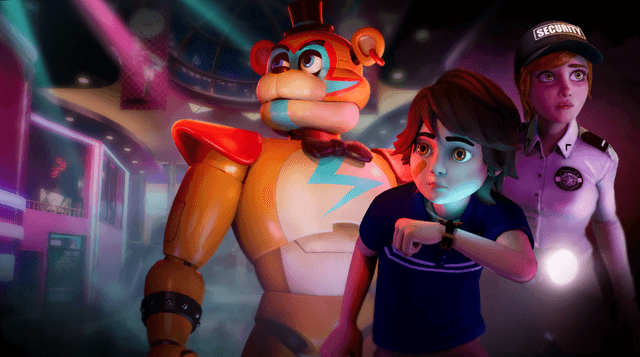
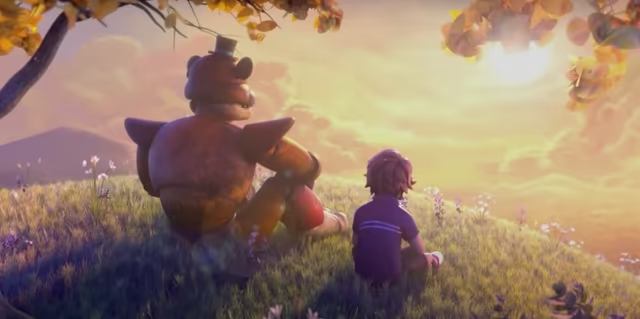
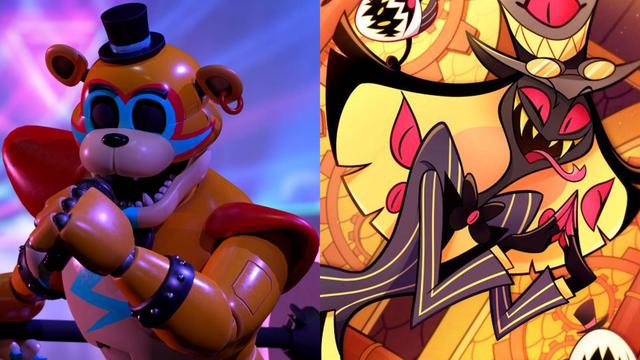

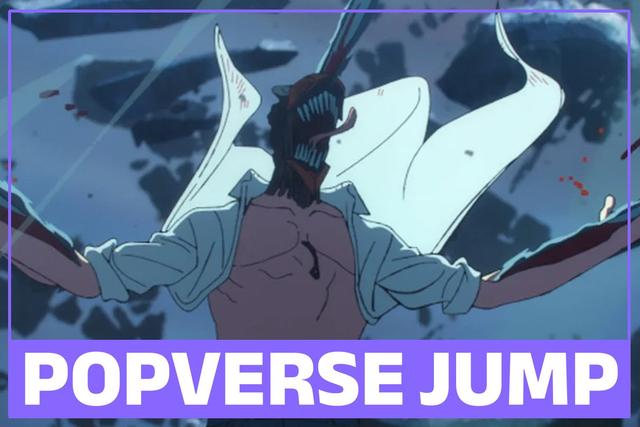
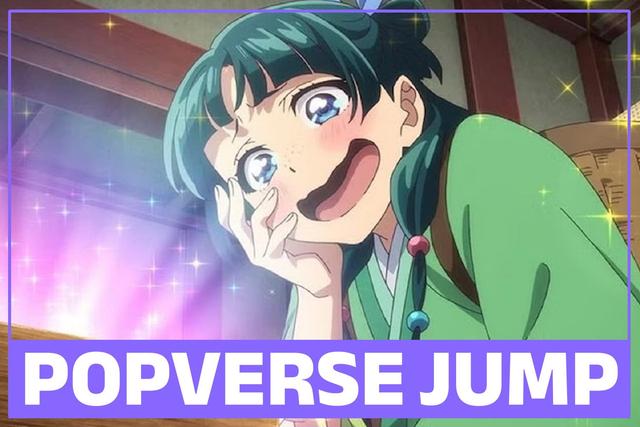






Comments
Want to join the discussion? Please activate your account first.
Visit Reedpop ID if you need to resend the confirmation email.